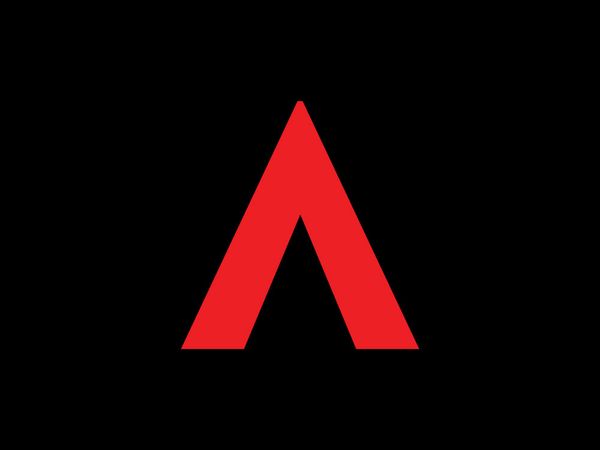The tight and twisty Hungaroring provides a distinctly different challenge to high-speed Silverstone, but the same tyre compounds have been nominated for use in GP2 and GP3 as in Britain. The lack of long straights means the tyres are worked hard and they are continuously cornering, which means that the compound is operating at high temperatures.
For GP2, this means that the P Zero Orange hard tyre P Zero Yellow soft tyres will be available, at a circuit where overtaking is difficult. This makes a good lap in qualifying important, but strategy can also have a major affect on the result. In GP3, where races are completed without pit stops, the medium compound will be the sole tyre.
One of the key features of the race weekend could be the resurfacing that the circuit underwent earlier this year. Combined with changes to the kerbs, this will probably result in faster lap times, but the GP2 and GP3 teams will have just 45 minutes of practice to perfect their setups and strategies.
Pirelli’s racing manager says:
Mario Isola: “Although average speeds are lower than average at the Hungaroring, with only Monaco being slower this year, the persistent demands on the tyres around the circuit means that the hard and soft compounds have been chosen in GP2 with the medium for GP3. It is a track where overtaking is not easy, so strategy will be an important consideration in GP2. Good tyre management could also provide the drivers with opportunities in the races, but high ambient temperatures are expected to increase degradation.”
The challenge for the tyres:
With only one straight, alongside the pits, the tyres are constantly being worked with traction, braking and lateral forces continually at work.
The teams run the cars in high downforce configuration, but the relatively low average speeds means that the emphasis is on mechanical grip from the tyres rather than aerodynamic grip.
Temperatures are often very high in July, making degradation a factor. Rain can also be seen, however, so the teams have to be prepared for everything.
The race and the rules:
GP2
Every car will have five sets of dry tyres and three sets of wet weather tyres available for the GP2 race weekend. The five sets of dry tyres comprise three sets of the hard compound and two sets of the soft compound.
The drivers can use their tyre allocation in any way they like, but at least one set of each compound must be used in the feature race (unless it is a wet race). One set of the harder compound must be returned after free practice.
Qualifying takes place at 15:55 on Friday, after practice at 12:00. The feature race on Saturday at 15:40 lasts 37 laps and each driver must complete one compulsory pit stop. This cannot take place within the first six laps. Unlike Formula 1, the drivers do not have to start the race using the tyres they qualified on.
The grid for the sprint race on Sunday at 10:25 is determined by the finishing order of the first race, with the top eight positions reversed. It is run over 28 laps, with no compulsory pit stops.
GP3
Every car will have three sets of dry tyres and two sets of wet weather tyres available for the GP3 race weekend. Only one compound is nominated: medium for this weekend. The drivers can use the tyre allocation in any way they like.
Drivers are allowed to carry over one tyre set from the previous round for use in free practice only. This will also be the medium tyre, from Silverstone.
GP3 qualifying takes place at 09:45 on Saturday morning, after a single free practice session on Friday at 17:50. Race One starts at 17:20 on Saturday and lasts for 22 laps, followed by Race Two at 09:15 on Sunday (lasting 17 laps). The grid for Race Two is determined by the finishing order of the first race, with the top eight positions reversed



























